The First Movie Ever Made in 1888 Was Extremely Polarizing
The history of cinema is filled with debates, but one film often stands at the center of discussions about the first movie ever made: “Roundhay Garden Scene.”
Created in 1888 by Louis Le Prince, this film captures a brief moment of four individuals walking in a circle in a garden in Leeds, England. It may only be 2.11 seconds long, but its significance in the evolution of film cannot be overstated.
Louis Le Prince: Pioneer of Motion Picture Technology
BBC News reports that Le Prince is credited with inventing a single-lens camera capable of recording the earliest motion picture, “Roundhay Garden Scene.”

Source: Wikimedia Commons
His invention and the film itself mark a monumental point in technological history, showcasing the capability to capture life in motion for the first time. Despite his groundbreaking work, Le Prince would mysteriously vanish before he could gain public recognition for his contributions.
The Mysterious Disappearance of a Visionary
Before he could present his revolutionary film to the public, Le Prince disappeared under mysterious circumstances in 1890. His disappearance remains one of the early cinema’s most perplexing mysteries, with no conclusive evidence to explain what happened to him.
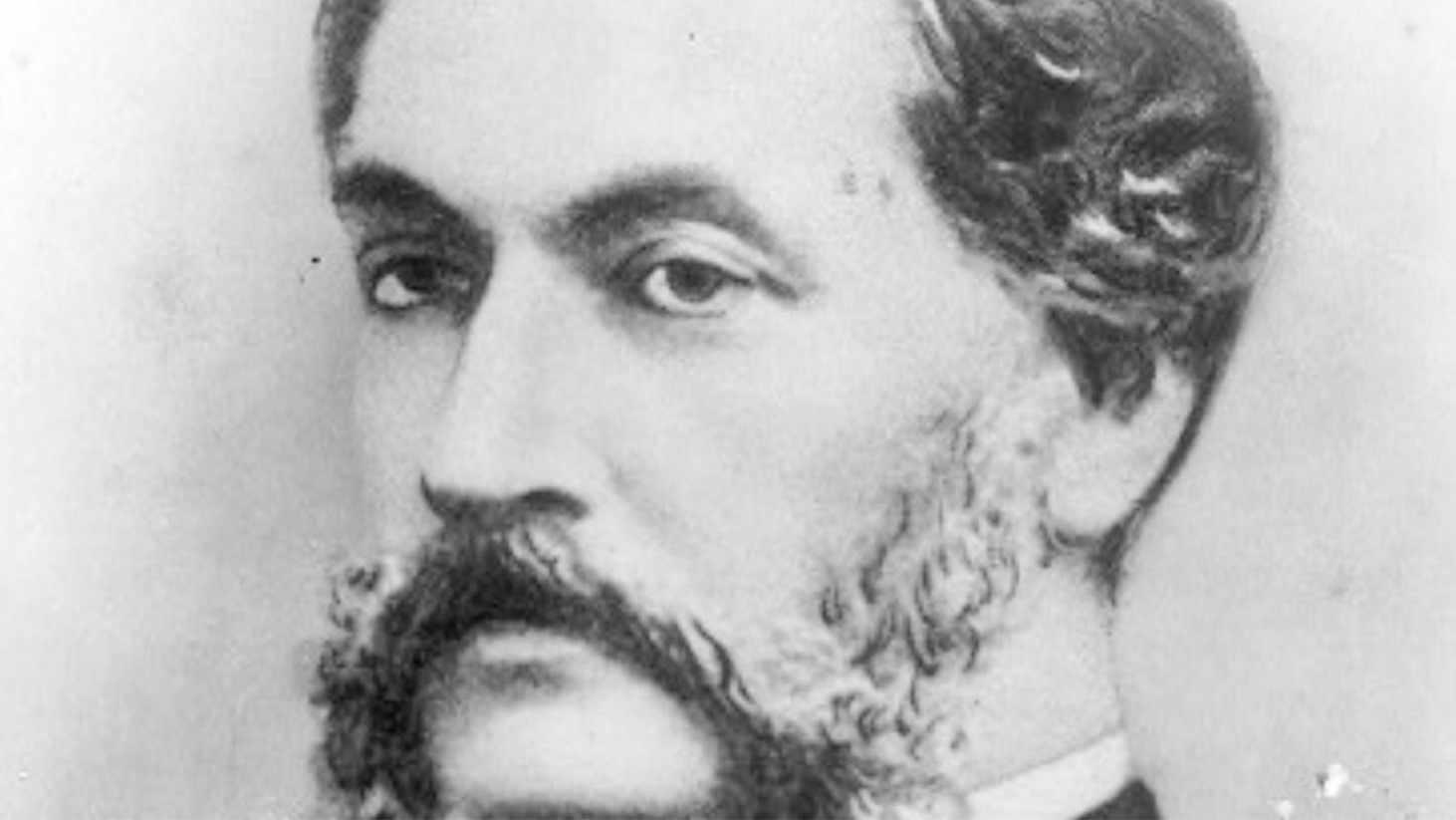
Source: Wikimedia Commons
This event left a significant void in the history of film and opened the door for others to claim the spotlight in the development of motion pictures.
The Edison Connection
After Le Prince’s disappearance, Thomas Edison emerged as a key figure in the development of the motion picture industry, patenting the kinetograph, All Things Interesting explains.
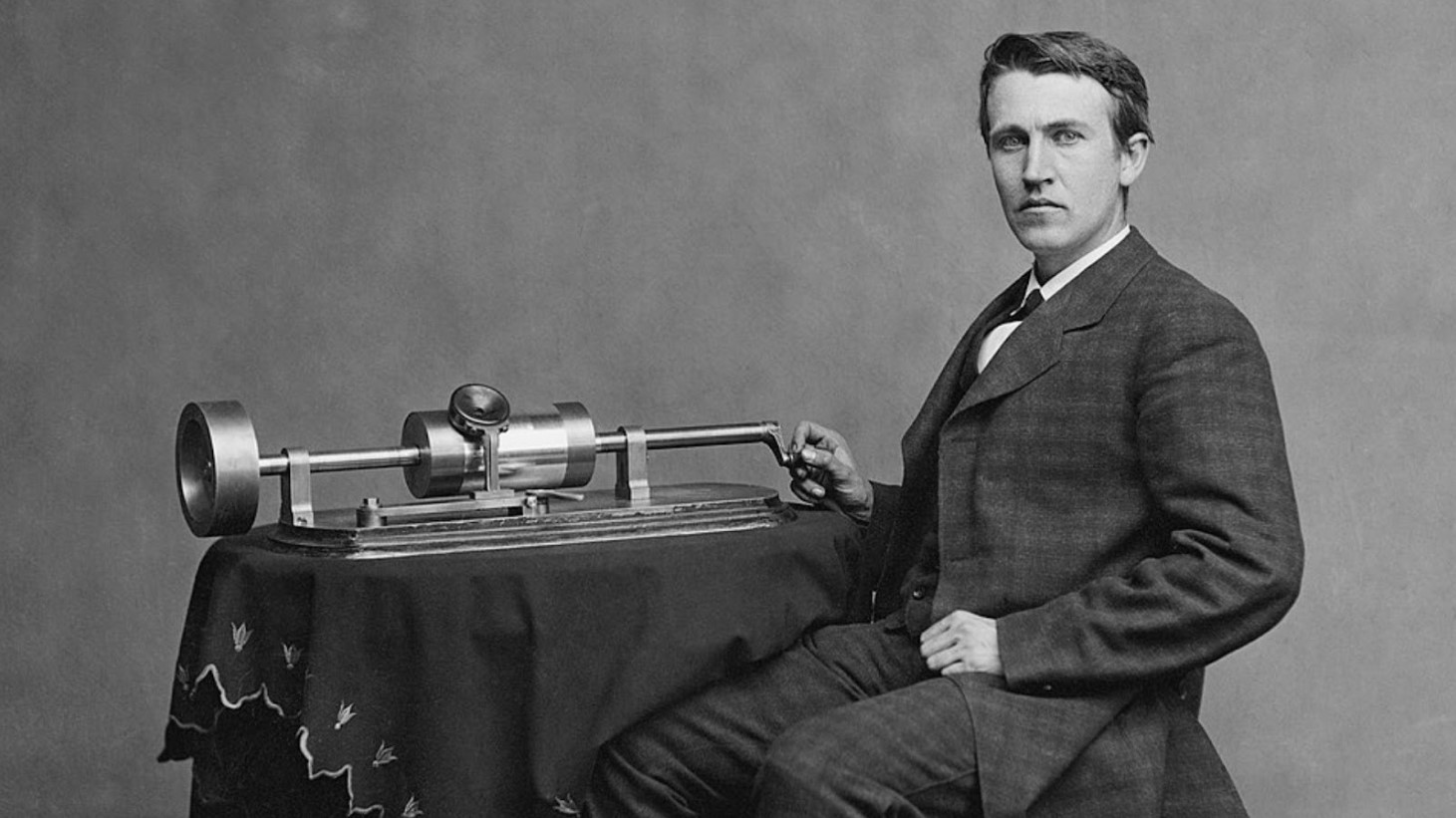
Source: Wikimedia Commons
There has been speculation and rumors suggesting Edison might have played a role in Le Prince’s disappearance, although they remain unproven. Edison’s advancements, while significant, are shadowed by the question of what might have been had Le Prince been able to continue his work.
Early Life and Inspirations of Louis Le Prince
Le Prince was born in Metz, France, in 1841, and developed an early interest in photography, influenced by the work of Louis Daguerre, a family friend and pioneer in photography.
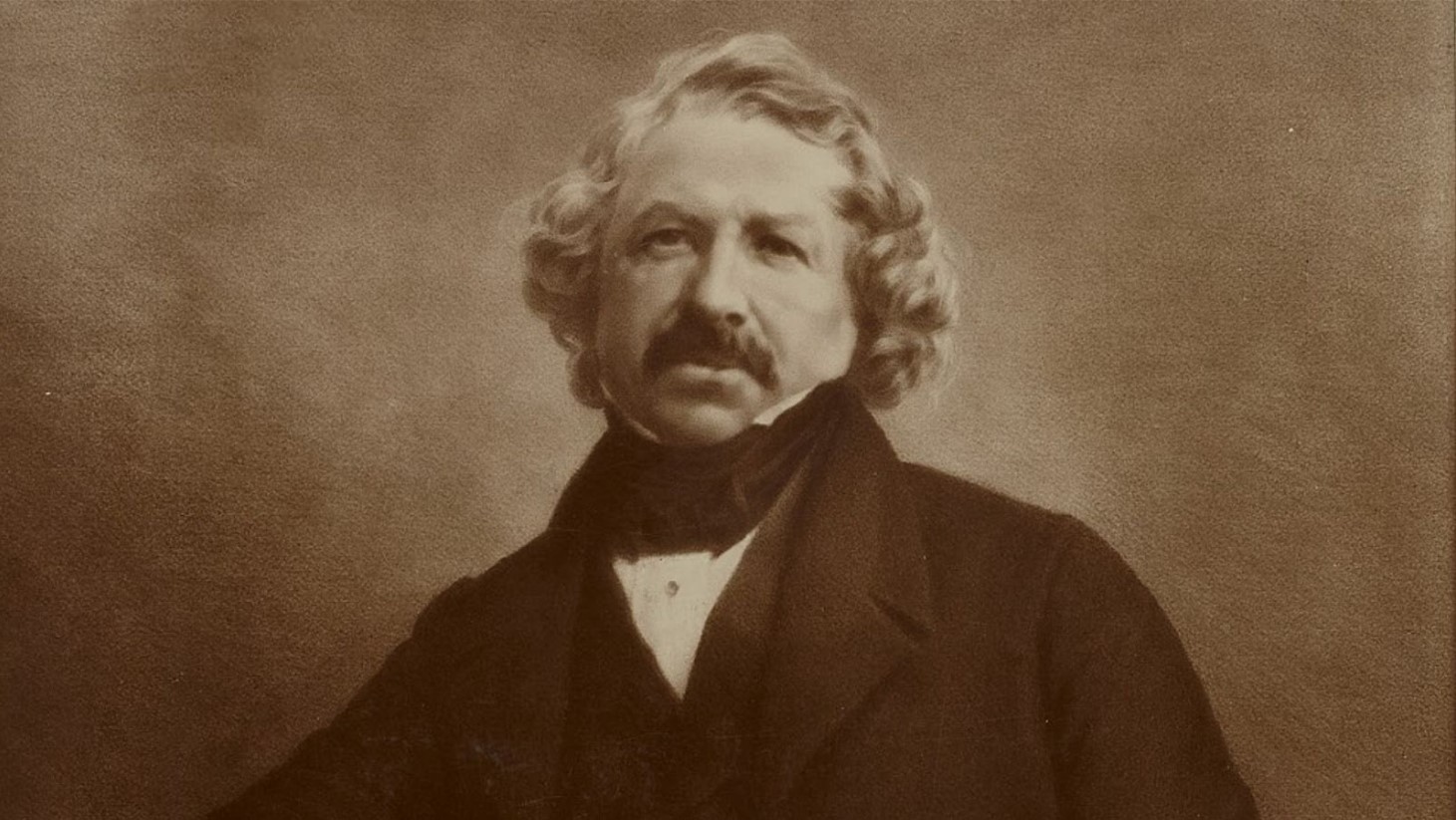
Source: Wikimedia Commons
Le Prince’s fascination with capturing images led him to innovate and experiment, eventually leading to his creation of a camera capable of recording motion pictures, BBC News reports.
The Invention of the Single-Lens Camera
All Things Interesting notes that Le Prince’s single-lens camera, used to film “Roundhay Garden Scene,” was a groundbreaking invention.
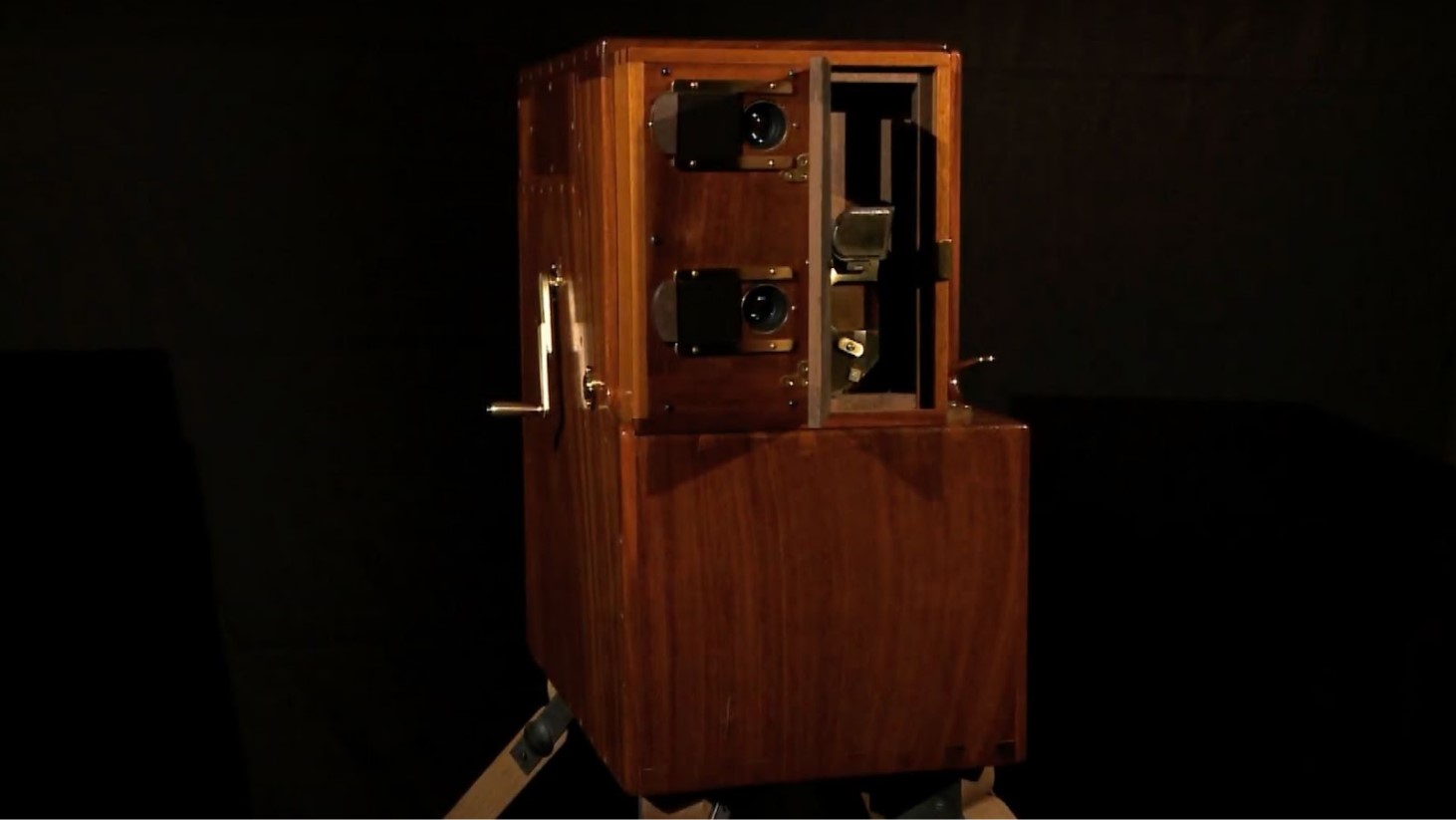
Source: racetocinema/Youtube
Weighing 40 pounds and housed in mahogany, this camera was cumbersome by today’s standards but represented a significant technological advancement. It demonstrated the potential of motion pictures, capturing a brief but historic moment in film.
The Cast of the First Film
“Roundhay Garden Scene” features Le Prince’s family and friends, including his in-laws and his son Adolphe, according to All Things Interesting.

Source: Wikimedia Commons
They are seen walking in a garden, in what would become the first recorded motion picture. This film, while only seconds long, would pave the way for the future of cinema.
Technical Details
All Things Interesting reveals that the film was shot at a speed that has been estimated to be around seven frames per second, according to analysis.

Source: Wikimedia Commons
This detail highlights the experimental nature of Le Prince’s work, as he was navigating uncharted technological territory in his efforts to capture motion on film.
Tragedy Following the Historic Film
Shortly after the filming of “Roundhay Garden Scene,” Sarah Whitley, one of the film’s subjects, passed away.

Source: Wikimedia Commons
All Things Interesting explains that the date of her death, October 24, 1888, as noted on her death certificate, conclusively cements the timeframe in which the first movie ever made was filmed, making it impossible for the recording to have taken place after her death.
The Legal Battle Over Cinema's Origins
The legal disputes that followed, particularly Edison’s lawsuit against the American Mutoscope and Biograph Company, highlight the contentious nature of early film history, All Things Interesting reports.
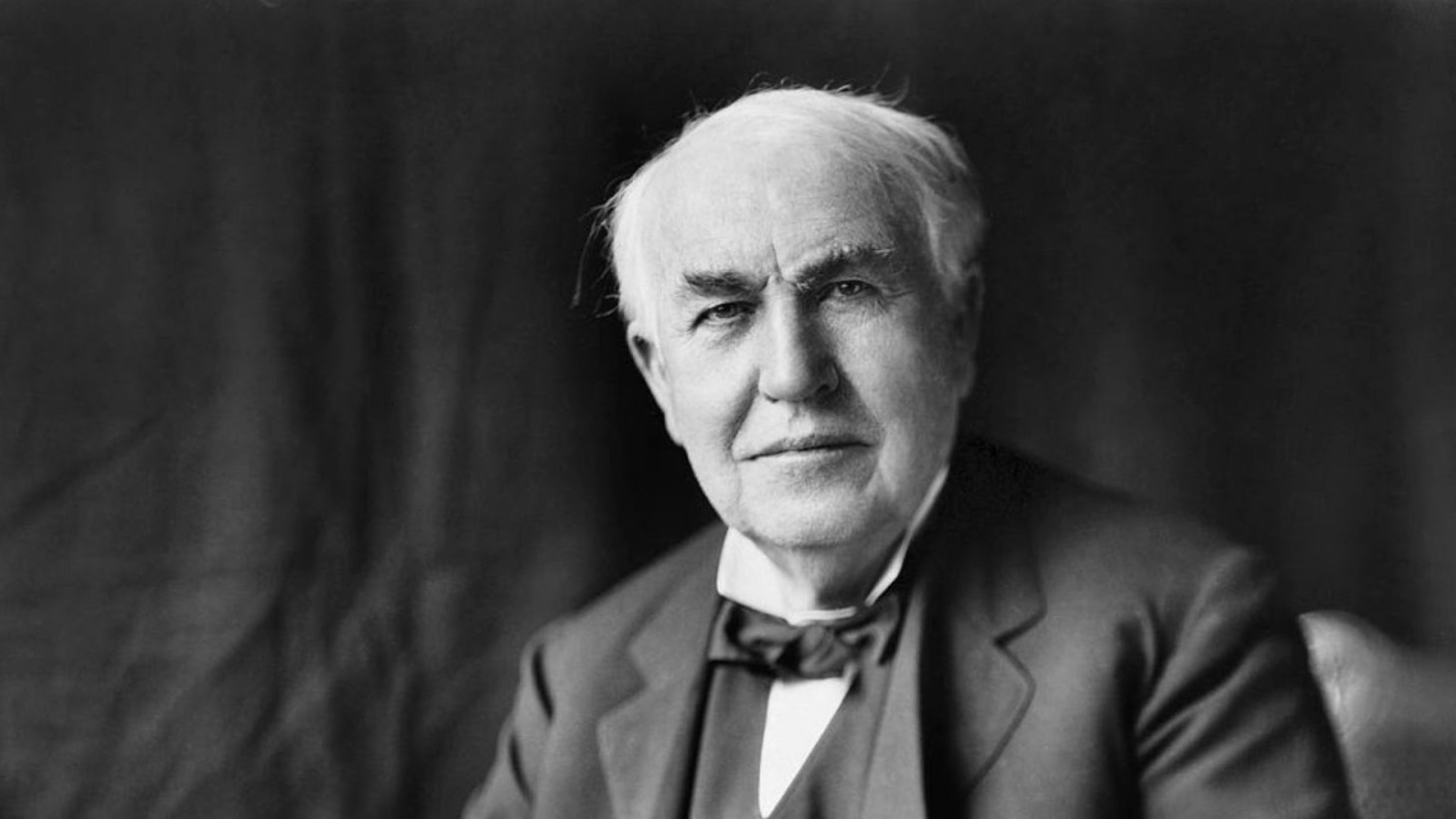
Source: Wikimedia Commons
Adolphe Le Prince’s testimony in court attempted to establish his father’s priority in the invention of the movie camera, challenging Edison’s claims.
Remembering Louis Le Prince's Contribution
BBC News highlights that despite being overshadowed by figures like Edison and the Lumière brothers, Le Prince’s work in creating “Roundhay Garden Scene” is a critical piece of cinema’s history.
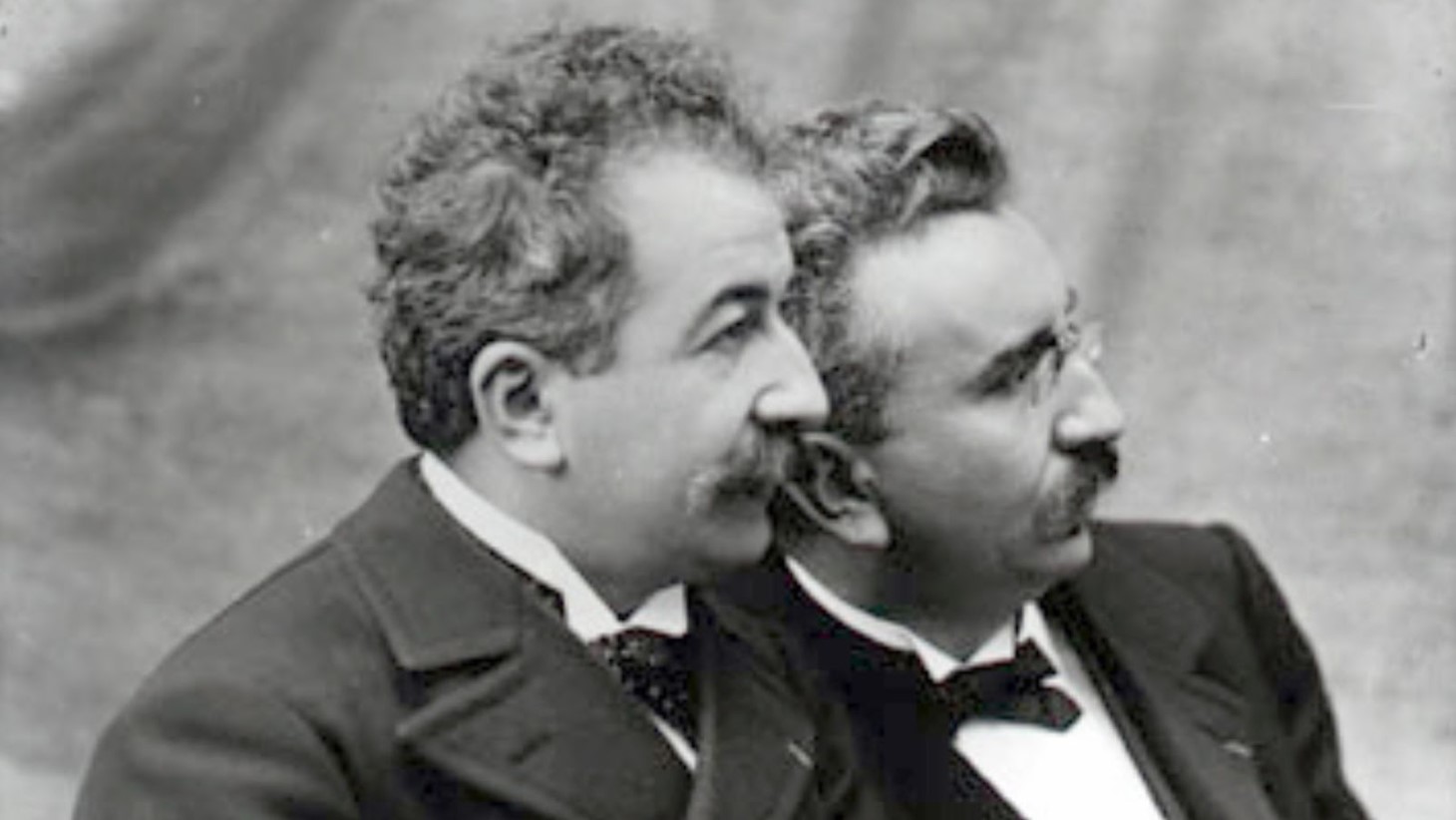
Source: Wikimedia Commons
His contributions laid the groundwork for the development of the film industry, marking him as a pioneer of cinematography.
Honoring the True Father of Film
Guinness World Records recognizes “Roundhay Garden Scene” as the oldest surviving film, a testament to Louis Le Prince’s legacy as a foundational figure in the history of cinema.
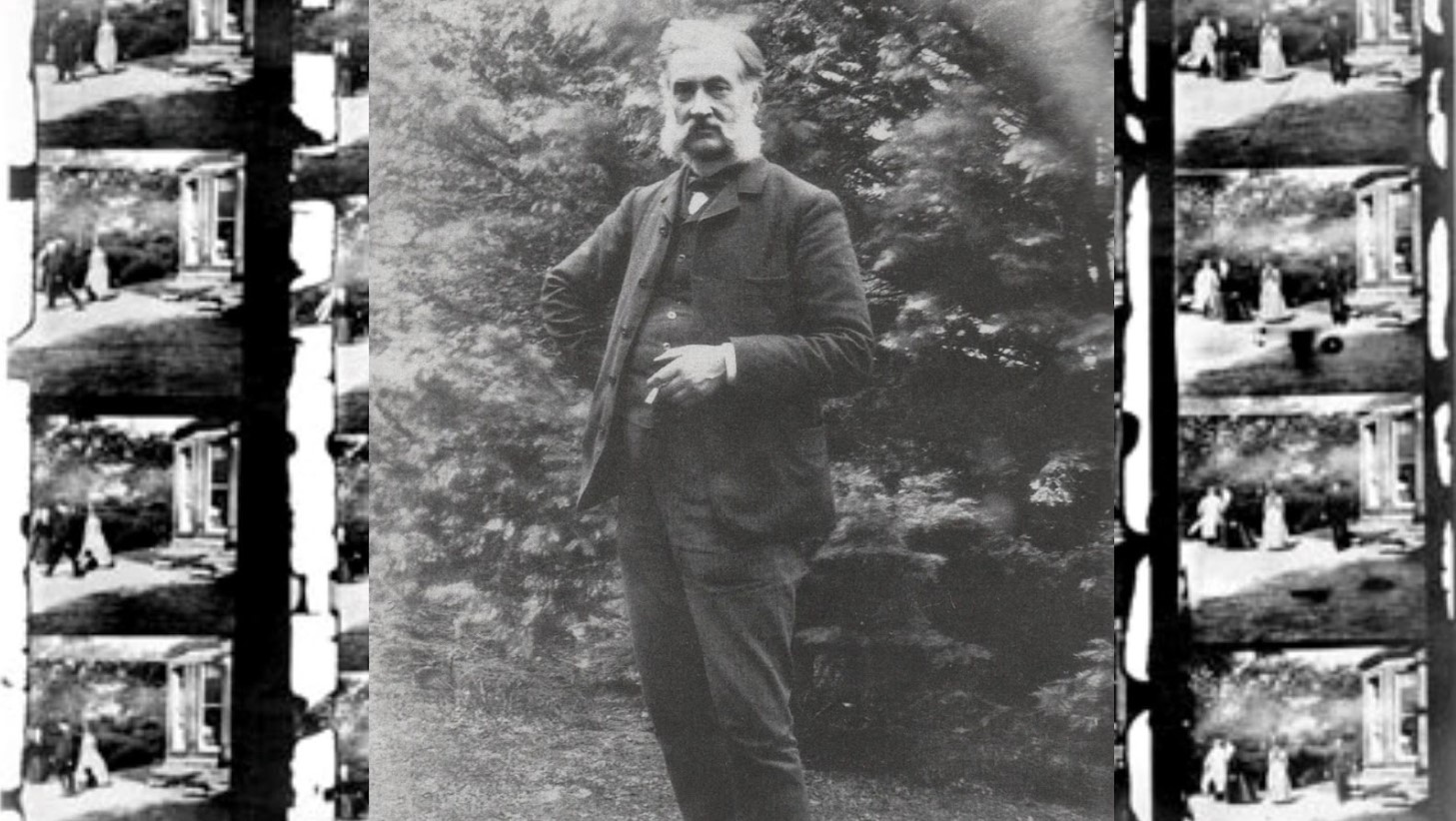
Source: Wikimedia Commons
His pioneering work in motion picture technology has earned him a place as a key innovator in the field, even as the full extent of his contributions has only been appreciated with the passage of time.
